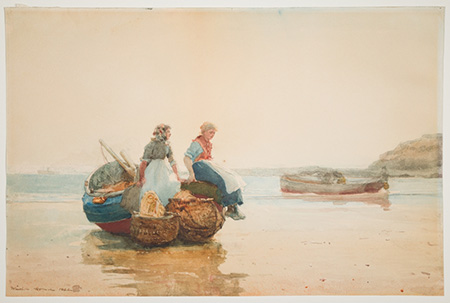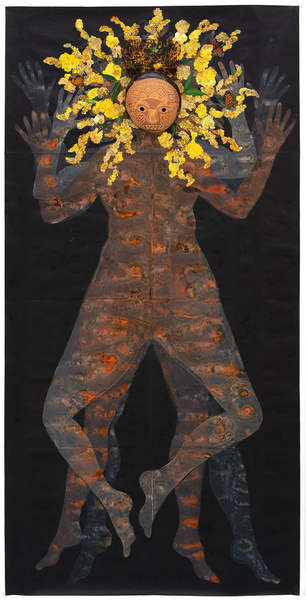
- This event has passed.
Join Us! Public Celebration of Winslow Homer Painting Donation | June 6, 2023
June 6, 2023 @ 4:00 pm


Donated by Frances Appleton Wetherell, great-granddaughter of Henry and Frances Longfellow, the painting joins a fine art collection of more than 2,000 works collected by generations of Longfellow and Appleton family members. Waiting for the Boats will be on regular display for the first time ever when Longfellow House-Washington’s Headquarters National Historic Site opens for the season on May 26, 2023.
“The generosity of the Longfellow family is awe-inspiring,” said Longfellow House Site Manager Chris Beagan. “We’re deeply grateful to Mrs. Wetherell for continuing her family’s deep philanthropic tradition. It’s an honor to be entrusted with the care of such an extraordinary painting, and we’re thrilled to be able to share this work by Winslow Homer with visitors from near and far.”
Longfellow House-Washington’s Headquarters National Historic Site will host a public program to celebrate the addition of Waiting for the Boats to its museum collection on Tuesday, June 6, 2023. Sylvia Yount, the Lawrence A. Fleischman Curator in Charge of the American Wing of The Metropolitan Museum of Art, New York, will present a talk that places Waiting for the Boats in context of Homer’s oeuvre. The talk will also be livestreamed and advance registration is required. Guests are invited to register here.
Homer painted Waiting for the Boats in 1882 during a two-year sojourn in the fishing village of Cullercoats, England. The painting was sold into the extended Longfellow family in 1883, when Thomas Gold Appleton, Fanny (Appleton) Longfellow’s brother and Henry Longfellow’s brother-in-law, purchased it from the Boston art gallery Doll & Richards. The painting has remained in the family ever since.
“This beautiful watercolor spent some of its early years in the Longfellow House,” said Frances Wetherell. “It moved to other Cambridge residences as it passed through the generations. I am very happy that it has returned to its early home, and it will remain in the same family forever – something which I imagine is quite rare.”
Homer’s iconic Cullercoats works transformed the lives of working-class English fisherfolk into collectibles for the North American elite, while vaulting Homer to the very top of the nineteenth century American art world. The Doll & Richards exhibition from which Appleton purchased Waiting for the Boats, along with a show at the American Watercolor Society in New York, transformed Homer’s reputation to near universal acclaim. Scholars credit the reception of Homer’s Cullercoats paintings for this turning point in his career.
Though many of Homer’s Cullercoats paintings depict the harshness of life, Waiting for the Boats is considerably lighter in both color and subject. It offers a glimpse into the quiet, peaceful moments of fisherfolk’s lives, like An Afterglow (1883), now at the Museum of Fine Arts, Boston.
In Waiting for the Boats, a fishergirl sits perched on a beached boat, with baskets stacked on the sand below her. She gazes at a second girl, whose crossed feet dangle over the sand below. Reflections of their boat in the shore, and a second boat behind it, shimmer in the day’s light. The still sea and golden hues in Waiting for the Boats convey a calm and idyllic scene far removed from the somber tone of many of Homer’s other Cullercoats works.
“Waiting for the Boats is a wonderful piece of art,” said Longfellow House Curator David Daly. “Its intimate connection with the extended Longfellow family confers upon it a significance that’s hard to match. Waiting for the Boats not only enriches the Longfellow House fine art collection, but complements the site’s efforts to educate the public about Henry Wadsworth Longfellow, his family, and their important roles in the development of American literature and art.”
